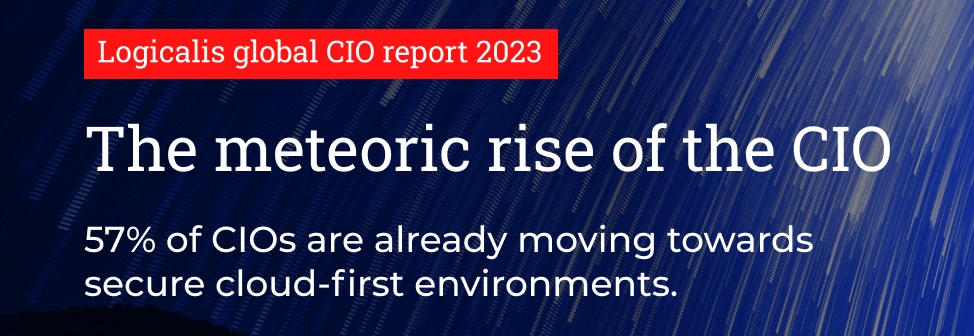CIOs have stepped into the role of digital leader and strategic advisor, according to the 2023 Global CIO Survey from Logicalis.

The study — based on a survey of 1,000 global technology leaders — demonstrates a monumental shift in the role of the CIO from tech implementor to business leader.
Today's tech leaders are actively involved in creating business strategy: 41% have some level of responsibility for business strategy, while 81% say they are spending more time on innovation. They are using their technology expertise to deliver innovative solutions that drive value and competitive advantage. Over three quarters (77%) are now spending more time selling ideas into the board.
"CIOs are playing a leading role in orchestrating transformation and are stepping up in response to the changing industry dynamics," said Bob Bailkoski, CEO at Logicalis. "Yet, CIOs are faced with challenges to navigate, including concerns of an impending recession and talent shortages. In addition to this, they are experiencing increased pressure to deliver digital-based outcomes for their organizations, giving them more exposure to their boards and requiring a different way of operating."
Orchestrating transformation on the journey towards a digital-first future means CIOs are forging a new path. The four critical areas of focus for CIOs identified in the report include:
■ Innovation: 50% of CIOs are expected to deliver continuous innovation that elevates and differentiates customer and employee interactions.
■ Strategy: 80% say that business strategy will become a bigger part of their role over the next two years.
■ Digital Transformation: 57% say that building and operating new digital platforms is still a core part of their job.
■ Reimagining Service Partnerships: 74% expect to increase spending on IT outsource management in 2023.
"Modern CIOs are confident in the skills and expertise needed to support their organization's technology structures," said Jon Groves, CEO of Logicalis US. "The CIO's role has shifted and now requires a renewed focus on strategic deployments that prioritize digital transformation and partnerships to create new business models and revenue. It's no longer just about the technology, but how the technology can drive the entire business into a digital first-future."
